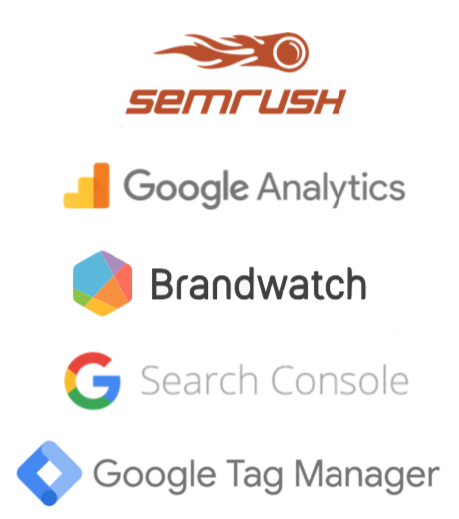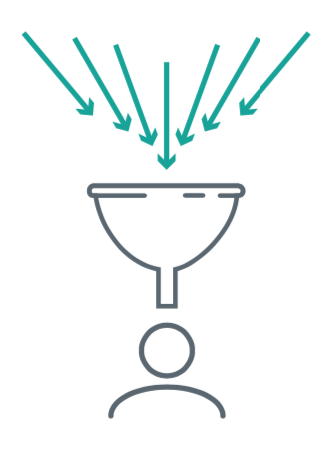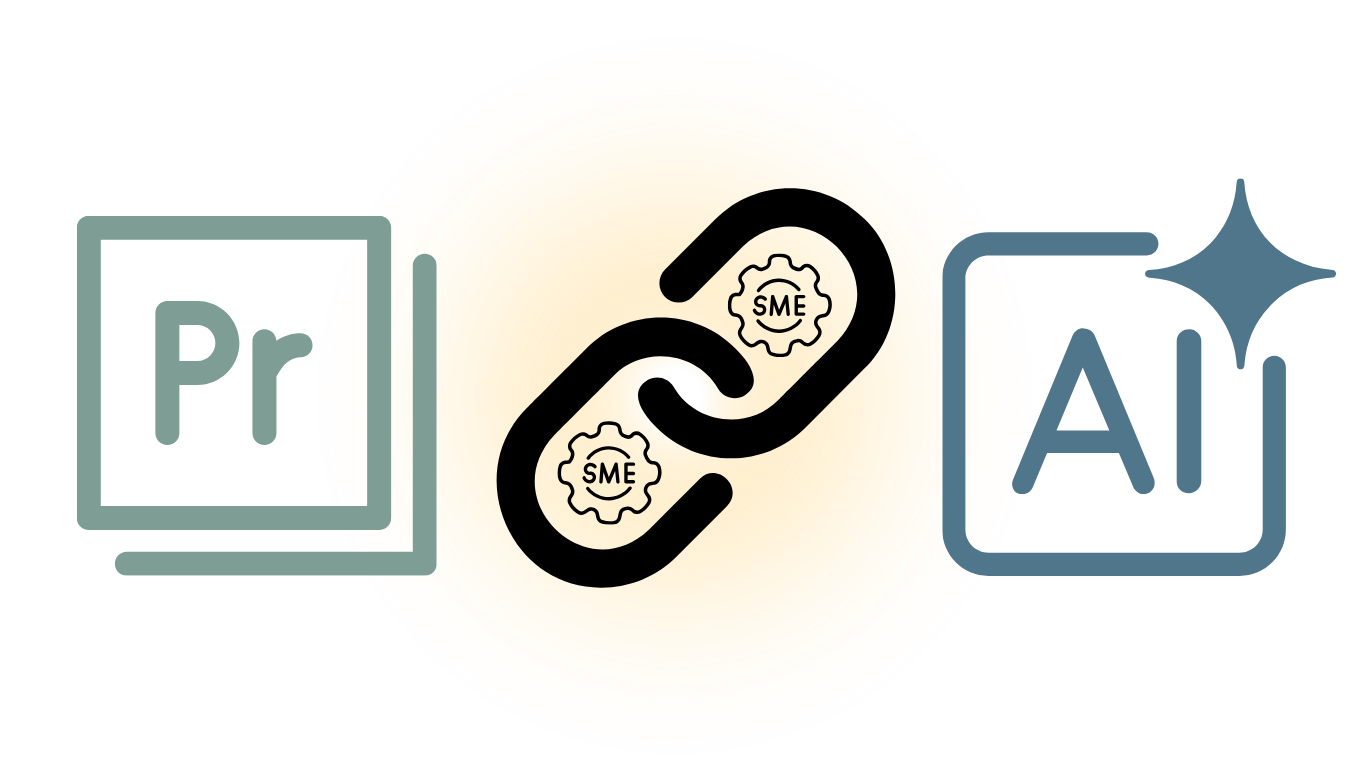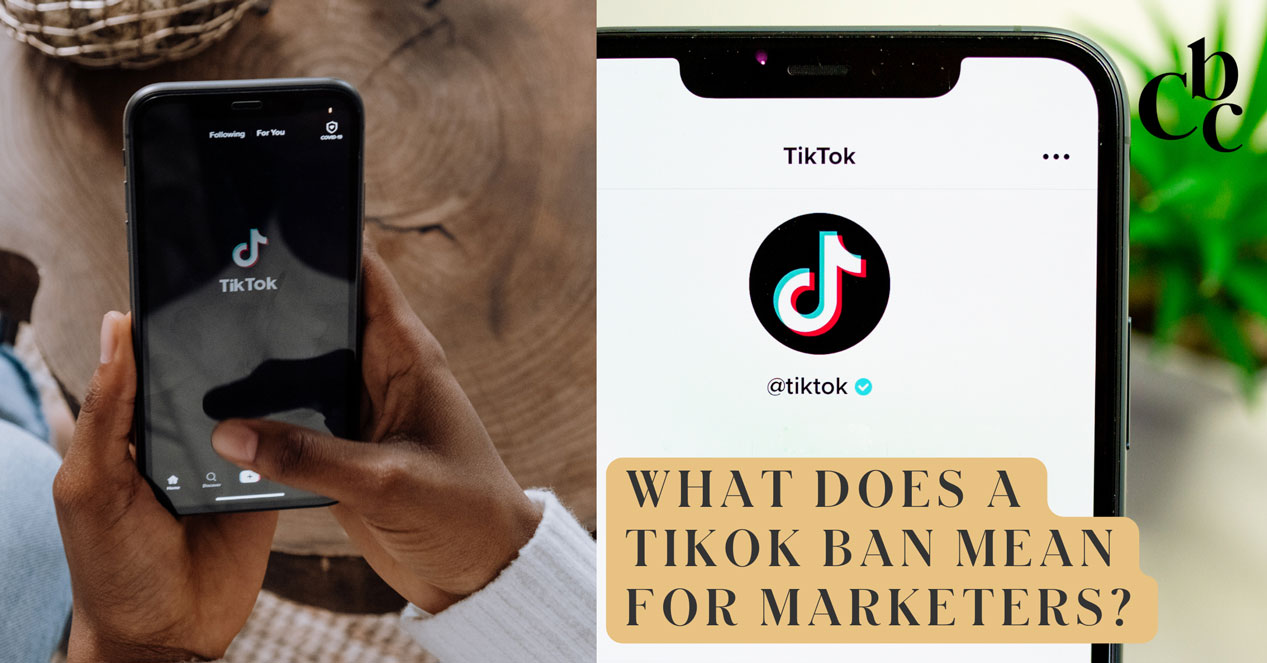Experiential Marketing Measurement: How to Reveal ROI
When creative teams generate enthusiasm for compelling PR and marketing ideas, it can feel like a dampener when it seems like the business only wants to “measure everything.” Many effective parts of human interaction and sentiment are difficult to judge purely through an ROI calculation. However, the evolution of data technology has provided valuable ways of quantifying and analyzing human responses in such a way that we can make much more educated guesses leading to higher success rates. The goal of data analysis and ROI calculations is not to replace talented creative marketing minds. Instead, experiential marketing measurement tools can enhance our creative storytelling skills and help refine how much we have to spend to reach relevant audiences.
TABLE OF CONTENTS
Experiential Marketing Measurement Requires Clear Goal Setting
Experiential Marketing Analytics: Basic Techniques to Get Started
Integrate Messaging Across Platforms to Achieve Experiential Marketing ROI
Communicating Experiential Marketing ROI Results to Creatives and Brand Managers
Five Rules of Thumb to Achieve Successful Experiential Marketing Analytics & Reporting
The Difference between Experiential Marketing Activations for Journalists and Influencers vs Direct Consumers
Experiential Marketing Measurement Requires Clear Goal Setting
 When measuring your experiential marketing efforts, first ask yourself who your audience is. The goals and metrics for experiential marketing campaigns geared toward journalists and influencers should be different from those that target end customers. For each type of experiential marketing measurement, you should determine a goal you want to reach for each of the following:
When measuring your experiential marketing efforts, first ask yourself who your audience is. The goals and metrics for experiential marketing campaigns geared toward journalists and influencers should be different from those that target end customers. For each type of experiential marketing measurement, you should determine a goal you want to reach for each of the following:
- Participation: Anticipate a projected number of consumers, journalists or influencers you expect to participate in your event. Faithfully compare that number to information you gather during the experience. There are a variety of ways to track participation in experiences, but don’t get too caught up in high-tech solutions. If you clearly define your goals, “tracking” may be as simple as counting the number of participants each day.
- Brand Sentiment: This is one of those metrics that is tougher to track than simply counting attendees, but there are ways to capture this information in useful ways. For example:
- Survey participants before and after an experience
- Snap pictures of groups and observe the expressions on people’s faces (don’t forget to note what was going on at the point the pictures were taken)
- Look for spikes in digital chatter about the event and use social listening platforms to mark the sentiment of these conversations and brand mentions as positive or negative.
- Social Engagement: Get out your social media metrics tools again for this one! Determine ahead of time whether hitting a specific number of hashtags, mentions, or posts is meaningful for your brand, or if you are more interested in the quality of the online engagement rather than the quantity.
- Sales: Tracking a sale all the way back to its point of origin in order to understand a customer’s entire purchase cycle is still a fairly abstract process. However, with the ever-growing points at which data can be gathered from websites, social channels, third-party digital channels (like an influencer channel), and paid advertising, you can now more accurately look for patterns in sales activity that indicate whether your events are attracting the kind of attention they were designed to attract. This kind of feedback mid-campaign can be an incredibly powerful tool to help you fine-tune experiences to make them even better over time and save them from becoming predictable to the point of passé.
Experiential Marketing Analytics: Basic Techniques to Get Started

Many of us are reading enough industry news to understand that data analytics of digital content is valuable. The tough part can be in determining exactly how much should be spent and understanding which experiential marketing measurement tools will serve us best in making decisions. It isn’t always necessary to try to buy a deeply comprehensive data engine service in your first time at bat. It can be prohibitively expensive to try to corral a deep data analytics engine into your workflow, and typically will eat up huge amounts of time with several groups within your company. While it is valuable to plan to tap into all of those data silos eventually, what we’re advocating is to pull in data from anywhere you can, as soon as you can get your hands on it, in order to incrementally grow your sources of information. Start making use of any data you have and share it consistently to help drive home its creative value across your company.
Here are a handful of ways you can begin to gather basic information on your digital efforts to grow your awareness and establish a baseline of effective knowledge:
- Google Analytics: Use the dates of campaigns in order to measure lift in direct and branded organic traffic. Using this measurement tactic, along with knowledge of your traffic trends, you can get an idea of lift based off of the increases in traffic to your website.
- Social Media Listening Tools: You can measure how much chatter there is about a brand on social channels and correlate this data with the dates of campaign efforts. Again, knowing your baseline social trends in conjunction with what was expected for digital traffic, you can estimate lift based off of increased volumes of mentions in the world of social media.
- Unique and Trackable Calls to Action: There are many ways to track call to actions, even if you do not control the tracking on where your media may be distributed. For example, providing a unique phone number for consumers to call while tracking calls with a tracking service allows you to learn the volume of people that found the number on a landing page. Similarly, you can use a
unique email address for each campaign to track the volume of people who reach out via different message pages. Finally, you can establish specific hashtags for each campaign and platform to measure how much traction each gets.
Integrate Messaging Across Platforms in Order to Achieve Experiential Marketing ROI
 The strategic importance of experiential marketing is to create experiences people want to talk about and share both digitally and in person. This is true for both professional communicators (journalists, influencers, content creators, bloggers) as well as final consumers. Therefore, we need to make sure there is integration of core, key messages between online and offline channels. That requires a bit of forethought – and benefits from measured experimentation – since digital platforms, and the audiences who use them, morph quite often.
The strategic importance of experiential marketing is to create experiences people want to talk about and share both digitally and in person. This is true for both professional communicators (journalists, influencers, content creators, bloggers) as well as final consumers. Therefore, we need to make sure there is integration of core, key messages between online and offline channels. That requires a bit of forethought – and benefits from measured experimentation – since digital platforms, and the audiences who use them, morph quite often.
Make sure your teams and/or vendors are customizing content effectively across various channels and audiences. Marketers use different channels for different tasks, as do journalists, influencers, and video producers. The communications and messaging can easily become disconnected. It increases content value to choose the right channels in order to execute different styles of campaign communications most effectively, while still maintaining the integrity of the message. There is a very fine line to walk between communicating on each channel in a culturally relevant way and letting brand messaging become a tangle of unrelated ideas. Integrated messaging is a battle worth fighting for to make sure all that creative content helps reach the long-term goals.
Keystones to Establishing Integration
There are two keystones to successfully establish integration across all the touchpoints of an experiential marketing campaign:
- In the old days of TV-only advertising, brands studied Nielsen viewer data (which is survey data based on a sample of viewers) to make sure commercials played within shows that most closely matched the desired profile for effective storytelling. Today, audience analysis is much more detailed and specialized per platform. Each media platform has a diversified set of expectations within its user culture, and varied audiences within the platform expect content that feels relevant to them. In a perfect world, each of those digital spaces ladder up and build to amplify the core, cross-market messaging idea. Message diversification starts with brands getting comfortable with the reality that they cannot control every word of every brand mention online. Instead, brands need to present and amplify the positive digital experiences and be ready with tactics to address the digital negativity. (Yes, there will always be trolls.)
- Digital content customization per channel is vital. A marketing team can no longer get away with copying video content from YouTube and plastering it across all other channels and expect it to perform the same way. Marketers need to customize content for each space with clear awareness of the cultural expectations of each channel. (Becoming aware of these cultural expectations can be a measurement project in and of itself.) The expectation on Instagram, for example, should be quick and highly visual, while on YouTube you can tell a longer story within a curated YouTube playlist where you have an audience looking for deeper storylines. Keeping experiences sharp and to the point in certain channels is important, but it is still true that people will give you their time if you hook them in with things like great storytelling and relevant experiences at the right time and place. Keeping track of when and where you have message success will go a long way toward helping creatives repeat successes. They will be able to bounce creative ideas off of data that tells them where to put each idea for greatest effect.
Communicating Experiential Marketing ROI Results to Creatives and Brand Managers
The final piece of an ROI analysis puzzle is communication. Data can sometimes get a bad rap with creatives if its purpose is not well communicated. Data analysis is often seen as a limiting, punitive exercise, rather than a tool that can be used to help creatives make magic happen again.
It can feel tough to present data to decision-makers that shows a marketing effort didn’t do well. However, there are ways to better design when and how data is gathered so that the resulting analysis provides useful and actionable “negative” data. If communicated correctly, information proving something didn’t work can be just as powerful and useful in helping businesses understand the complete picture, and how to strengthen investments in marketing moving forward.
5 Rules of Thumb to Achieve Successful Experiential Marketing Analytics & Reporting
We have compiled six rules of thumb in designing tracking and reporting of data to show an ROI on experiential marketing efforts:

- Expectations Should Be Clear to All Stakeholders and Set Early
Set expectations from the beginning for the different people involved in all aspects of the experiential marketing campaign. For example, a report to the sales team should look different and happen at a different time than information shared with the team directly responsible for daily activities. People directly involved in the execution of daily efforts need data that helps them adjust to changing conditions to keep goals within reach. For example, the sales team most likely doesn’t need a detailed campaign report but rather a run-down on what messaging garnered the most positive response so that they can reinforce that specific messaging. The key is to agree on the expectations before the effort begins so quick, clear, actionable communication helps everyone keep the momentum going. - Reports Showing Quarterly and Annual Goals Should be Easy to Understand
Organize marketing objectives into broad annual strategies, and then break those down into smaller objectives per quarter. Keep breaking down those smaller objectives into building blocks as appropriate for each contributor and decision-maker. The hardest part of data analytics is often organizing information, rather than gathering it, so think about what is most important to share with each stakeholder. - Data Should Be Available at Expected Intervals
People sometimes roll their eyes at the mention of “dashboards” or spreadsheets, but it will serve your project’s best interests to establish regular feedback report times. It’s also a good idea to make sure it is clear who is responsible for both preparing that information and who is responsible for acting on that data. Emailing a report to a wad of people will feel like a waste of time to the preparer, and you’ll miss out on the chance to reflect, bounce questions off of each other, and think through how to act on new information if there isn’t a clear plan for who is responsible for consuming that data. In order to avoid reaching the end of an annual cycle only to report to the CEO that some of the marketing tactics didn’t work, there should be a clear designation of responsibility during the campaign to review data and take advantage of the malleable nature of experiential marketing to adjust efforts and fine-tune.
- Event Post-Mortems & Quarterly Summaries
After each experiential event, it is incredibly valuable to review all aspects of the effort with all participants (though not necessarily at the same time) and equally important to compare the analysis from those conversations against the desired long-term marketing strategy on at least a quarterly basis. Going through the exercise of filtering colloquial and hard data into bulleted summaries and measuring against hard data should leave you with an easy to understand “paper trail” of the effort throughout the year. Again, the point is never to “hide” failures or efforts that are not quite living up to expectations. These kinds of reporting efforts should be viewed as vital times of profound honesty in order to give yourselves every opportunity to turn a so-so experience into a hugely successful effort. - Reporting Presentation Matters
Your reports should not look like you copied and pasted data from various spreadsheets into a company slide deck template. Further – especially when reporting to those who are not marketing experts – avoid slipping into the jargon of your field. Just as you adjust images and language for each of your brands, you need to think about how best to communicate results to your team as well as different stakeholders like CEOs, heads of sales, brand managers, and CFOs. Take the time and slide deck pages to include word and acronym definitions, include relevant images, instructive charts and clarifying details. Put the same thought and energy into presenting clear, well designed results as you did when you won your customer in the first place. Demonstrate that you know the ROI of marketing efforts are as serious and important as all other aspects of running a successful business.
The Wrap Up: Experiential Marketing Measurement
The ultimately takeaway from establishing processes to track ROI is to have everyone on the team find actionable value in experiential marketing measurement. From the CEO to the social content creation teams (and everyone in-between!), each participant should have an opportunity to see how reporting data can help improve the return on investments in communication and marketing. Remember, the goal of data analysis and ROI calculations is not to replace talented creative marketers, but rather enhance what we know about our efforts on various platforms to give us opportunities to reach the right audiences, learn what kinds of content is most interesting to them, and determine how much we have to spend to reach relevant audiences.










